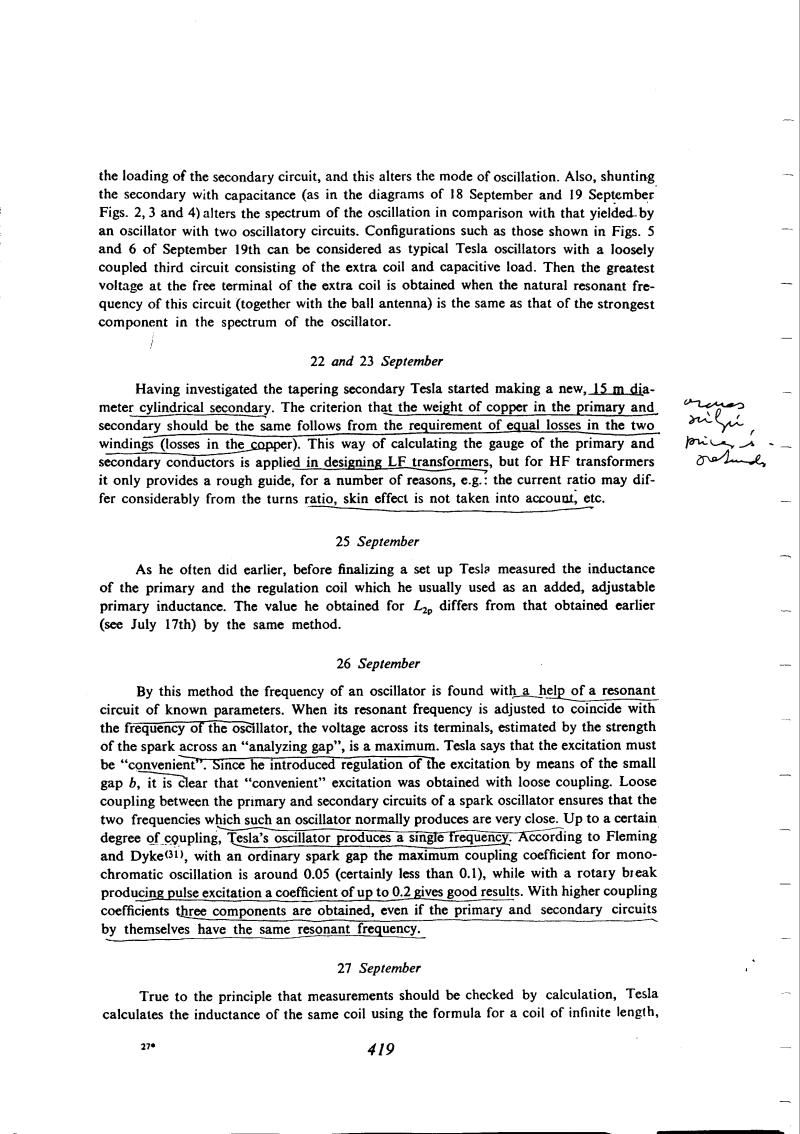
Nikola Tesla Books
Books written by or about Nikola Tesla
27*
419
27
Tesla: âElectric circuit controllerâ, U.S. Patents:
609 251, Aug. 16, 1898, Appl. June 3, 1897, P-256.
609 246, Aug. 16, 1898, Appl. Febr. 28, 1898, P-272.
609 247, Aug. 16. 1898, Appl. Mar. 12, 1898, P·276.
609 248, Aug. 16, 1898, Appl. Mar. 12, 1898, P-279.
609 249, Aug. 16, 1898, Appl. Mar. 12, 1898, P-282.
613 735, Nov. 8, 1898, Appl. Apr. 19, 1898, P·285.
âElectrical circuit controllerâ, U.S. Patents:
609 245, Aug. 16, 1898, Appl. Dec. 2, 1897, P-262.
611 719, Oct. 4, 1898, Appl. Dec. 10, 1897, P-267.
31
Fleming J.A. and Dyke G.B. âSome resonance curves taken with impact and spark-ball dischargers", Proc. Phys. Soc. London, vol. 13, Feb. 1911, p. 136.

